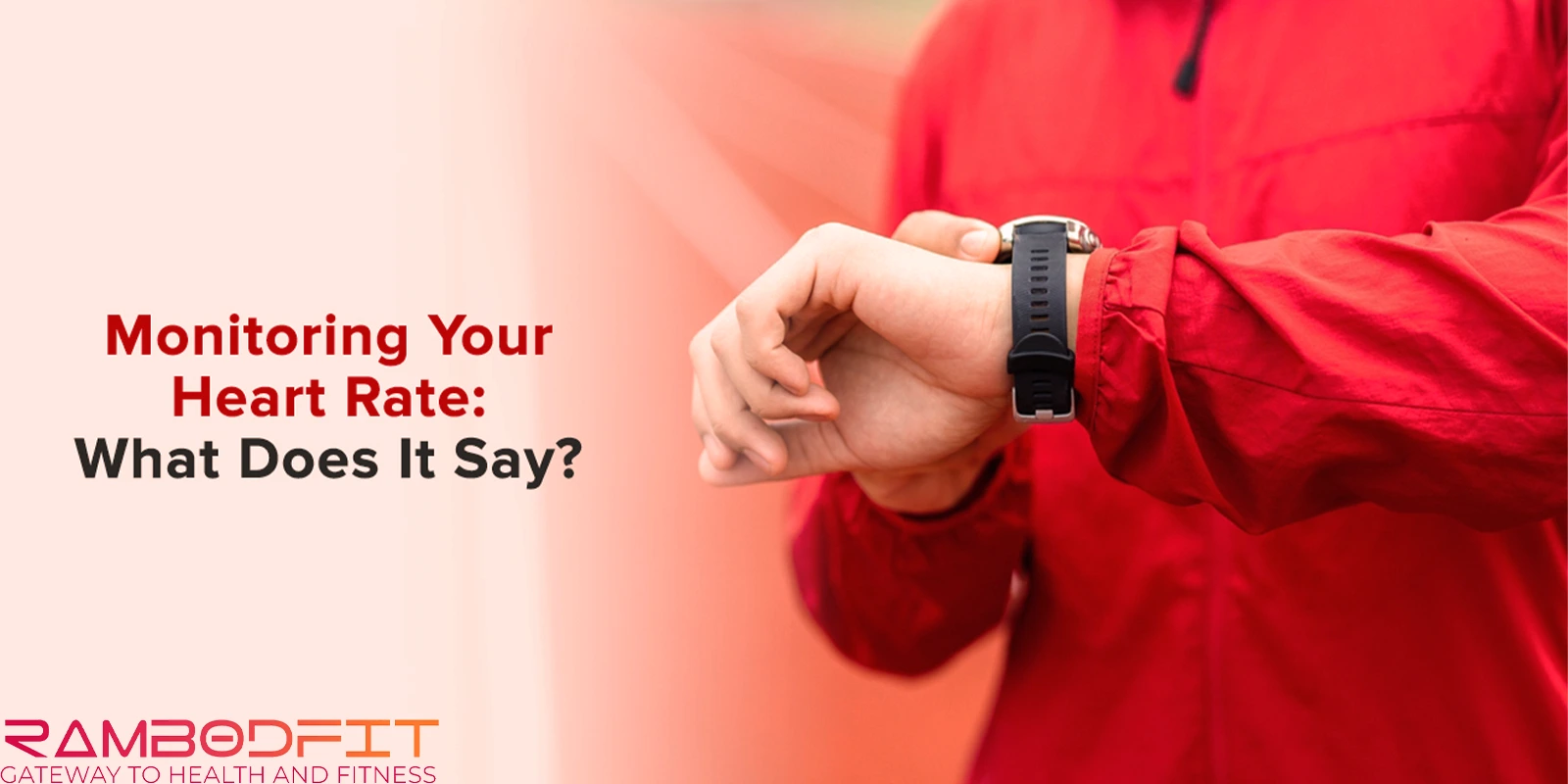


Every damn year, fitness folks latch onto some “magic number” that’s supposed to hack your gains. A while back, it was all about how many calories you burn in one session—as if that’s the secret sauce. After that? Everyone suddenly got obsessed with step counts. Now, it’s Heart Rate Variability (HRV) taking its turn in the spotlight, popping up like a new superhero on your watch face, with heart rate variability recovery being hyped as the ultimate metric.
If you own a fitness tracker, you probably get HRV stats shoved in your face first thing in the morning (screaming at you before you even get your coffee). Coaches can’t shut up about it, athletes humblebrag their numbers all over Instagram, and some fancy workout plans are literally built around this number. The big idea? Higher HRV means you’re primed and ready to crush your next workout. Low HRV? Apparently, you’re one push-up away from a breakdown and better rest up, at least according to the heart rate variability recovery crowd.
But, let’s get real—does HRV actually do squat for building muscle, torching fat, or getting stronger? Or is this just fitness FOMO bait for your wrist, making you feel like you’re missing out if you don’t track heart rate variability recovery in the first place?
Well, you won’t believe it, but a fresh 2024 study just went deep to sort this out—and honestly, the results might make you rethink what’s worth stressing over when it comes to heart rate variability recovery.
Stick around, Rambodfit fam.
Table of Contents

HRV recovery’s basically how fast your heart rate variability bounces back after you’ve stressed your body out with a workout or a rough day. If it springs back up fast? That’s your body waving a little victory flag, saying, “Yeah, I’m good to go.” When it drags its feet and stays low though, that’s usually your system hinting you need to chill, maybe catch some Zs, or just plain recover longer. Kinda like when your phone battery refuses to charge up fast – yeah, something’s off, and tracking heart rate variability recovery helps you notice it sooner.
So, get this—some clever folks cooked up a pretty slick experiment (here’s your PubMed link, in case you’re the digging-for-details type) just to figure out if HRV and heart rate variability recovery actually make you recover and adapt better during lifting.
The Rundown
Here’s how they rolled: two squads.
Team HRV – Customized their strength and muscle-building sessions according to whatever their HRV was saying. Imagine waking up, checking your HRV, and then planning your lifts (or just sulking ‘cause your app says you’re fried). That’s the whole point of using heart rate variability recovery as a guide.
Team Don’t-Care – Did the exact same workouts as the first group, but totally ignored HRV. No apps, no second-guessing. Just show up and push iron like everyone else at the local gym on Mondays (you know—Chest Day), without caring about heart rate variability recovery at all.
They all did:
• 8 lifts per session (that’s a lot of sweat)
• 80% of their max – so, not light fluffing around
• 3 sets, shooting for 9 to 12 reps each (solid muscle-building zone, right?)
What They Actually Measured
At the finish line, the lab coats checked—
• Muscle size (cross-sectional area if you wanna get nerdy)
• Max strength (simple: how much can you toss around?)
• Performance tests (functional stuff—not just posing in the mirror)
And yep, even with all that, heart rate variability recovery was part of the bigger conversation about whether it truly makes a difference in gains.
Did I mention they probably had to eat a ton of chicken breast? Classic.

Here’s the kicker—didn’t matter which group you were in, everyone got better, all the same. Whether you tracked heart rate variability recovery or ignored it completely, the results lined up.
Stronger? Yup, both sides beefed up, showing that heart rate variability recovery wasn’t the deciding factor.
Bigger muscles? No edge there either, even when heart rate variability recovery was used as the guide.
Performance? Basically a dead tie, making heart rate variability recovery look more like background noise than a game-changer.
So yeah, checking your HRV religiously? Turns out, it didn’t help anybody actually recover faster, get swole-er, or out-lift the next dude—heart rate variability recovery or not.
Let me take you into my own training log for a moment.
I once experimented with HRV tracking religiously. My phone app would buzz every morning with my HRV score. If it showed “low,” I felt guilty about training hard. If it showed “high,” I pushed myself — even when my body felt heavy. And you know what? My best deadlift PR came on a “red” recovery day, while some of my worst workouts landed on “green” days.
That’s when I realized: while HRV is interesting, it doesn’t tell the full story. Your body is more complex than a single number.
This 2024 study confirms what many athletes quietly suspected: you don’t need HRV to maximize your training results.
Alright, here’s the real talk:
HRV? Yeah, it’s trendy, but honestly, it’s not the magic ticket for getting bigger or stronger. People act like tracking those squiggly HRV lines or obsessing over heart rate variability recovery will turn them into the Hulk—spoiler: it won’t.
Recovery is super important, no argument there, but HRV by itself ain’t gonna be the thing that boosts it. You wanna make gains? The usual suspects still run the show: solid sleep, eating actual food (not just protein shakes and dreams), keeping stress in check, and training smart—not just grinding yourself into dust every day. And yes, heart rate variability recovery might give you some data points, but it’s never the main driver.
So, forget obsessing over numbers and charts like a cyborg. Seriously, how’s your body feeling? How do you move? THAT’S your real feedback. Don’t let fitness tech gaslight you—listen to your damn self, because heart rate variability recovery should only ever be a side note, not the whole story.
Alright, want to keep it simple and actually useful? Here’s how real people figure out if they’re bouncing back, no fancy gadgets required—because not everything needs heart rate variability recovery to give you answers:
All these things—totally free, zero tech required, and honestly? They usually tell you the real story better than some fancy number on your phone claiming to measure heart rate variability recovery.

People have been going wild over this heart rate variability thing like it’s some kind of fitness cheat code, but—let’s be real—the newest research out of 2024 says…meh, not really. Doesn’t matter if you’re glued to your HRV stats or watching heart rate variability recovery like a hawk, your muscles literally don’t care. Both crowds got the same gains. No superhero advantage, no secret muscle hack.
If you’re into tracking HRV, cool, knock yourself out. Just don’t pin your hopes on it—or heart rate variability recovery—as the magic sauce for bulging biceps or PR-smashing strength. Bottom line? The real MVPs are still progressive overload, good sleep, and eating like you actually care about your body. The classics always win, you know? All these flashy new metrics—fun toys, but the basics keep stomping them every time.
Not necessarily. HRV can be fun and give insight into overall stress or wellness. But don’t rely on it as your main training compass. Think of it as a side tool, not the steering wheel.
It depends. HRV may be more valuable for endurance sports, where recovery demands are different. But in strength and hypertrophy training, this study shows it doesn’t provide a measurable edge.
Go back to basics. Track your lifts, pay attention to sleep and nutrition, and listen to your body. If your performance improves over time, you’re recovering well — with or without HRV.